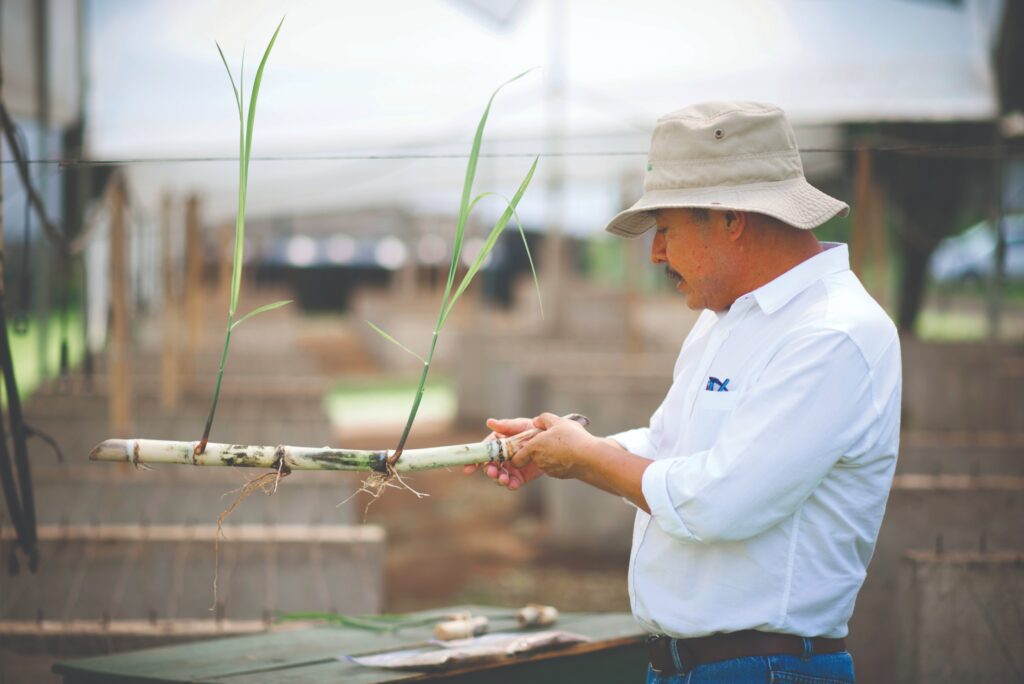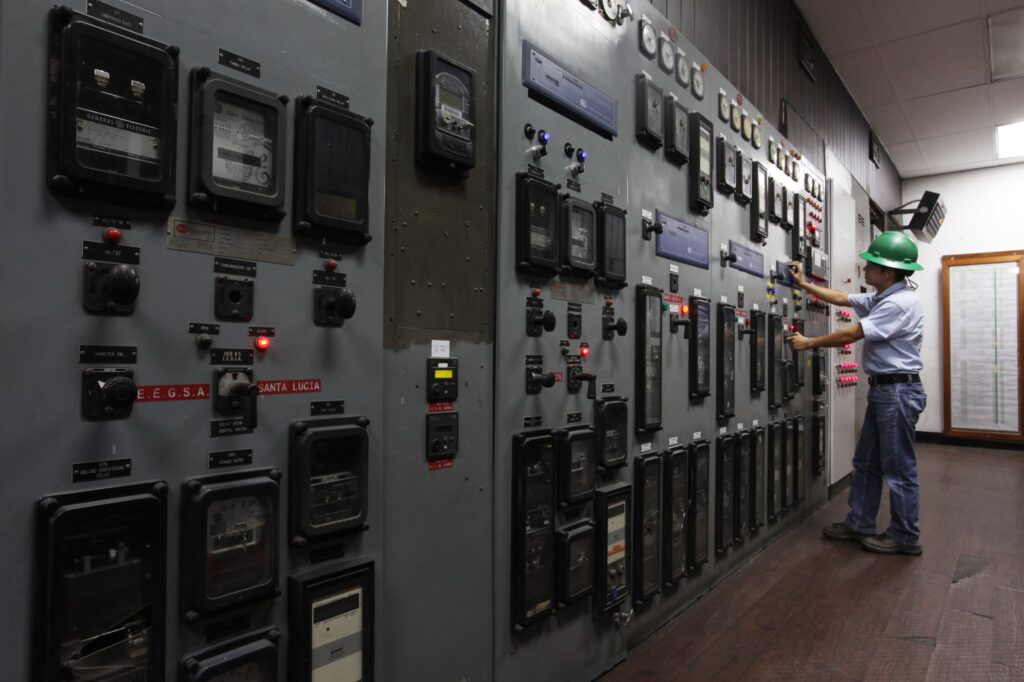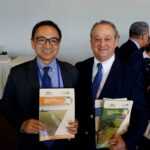
In 1992, the sugar mills, through the Guatemalan Sugar Producers Association (Asazgua), made the decision to create a specialized center for sugarcane research. This led to the establishment of the Guatemalan Center for Sugarcane Research and Training (Cengicaña), which on April 26 celebrated 33 years of supporting the technological advancement of the Sugarcane Agroindustry.
The research is focused on six programs: Varieties, Integrated Pest and Disease Management, Physiology and Agricultural Production, Digital Agromechanics, Technology Transfer, and Industrial Research.
Climate Change and Technology
Cengicaña has developed sugarcane varieties that contain more sugar and are more resistant to diseases. Additionally, they are adaptable to the varied environmental conditions of the Guatemalan sugarcane region. Cengicaña’s scientists maintain a National Collection consisting of over 3,562 sugarcane varieties, which is used for crossbreeding and plant studies.

In the case of the Integrated Pest and Disease Management program, Cengicaña scientists combat sugarcane pests using biology, by seeking natural enemies of fungi and bacteria, and even owls and falcons.
Cengicaña scientists rely on technological tools for research on fertilization and plant nutrition, irrigation, precision agriculture, among others. In the area of precision agriculture, they use satellite images from the European Space Agency and NASA to monitor humidity and determine the maturity of sugarcane for harvest. Additionally, in the area of irrigation, the development of the mobile application Cengiriego stands out, optimizing the use of irrigation water for sugarcane.
Renewable energy production
The Guatemalan Sugarcane Agroindustry is a global leader in the generation of renewable energy from sugarcane bagasse, a byproduct of sugar production. Cengicaña’s industrial research program has helped the sugar mills increase their energy generation. This has been a key factor in enabling the mills to generate 30% of the country’s electricity demand during the harvest season.

Additionally, with the renewable energy produced by the sugar mills, up to 4 million tons of CO2 are prevented from being released into the atmosphere. We congratulate the scientists at Cengicaña, whose work helps make the Sugarcane Agroindustry a sustainable sector.

